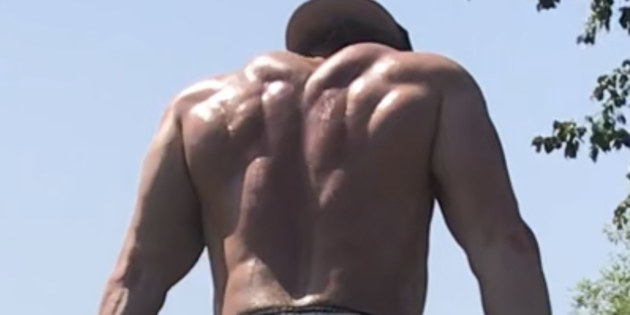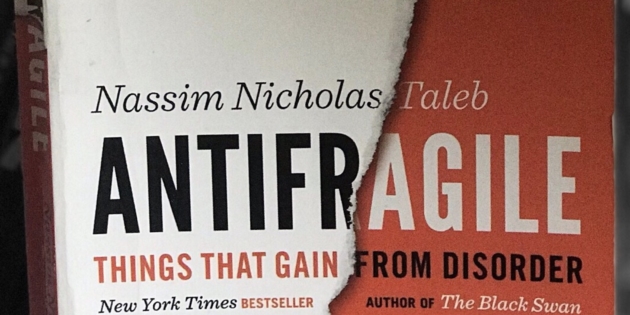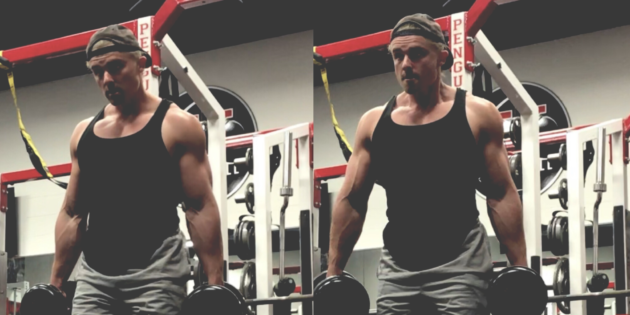Podcast #8: Grant Fowler (Fowler Fitness)
Fowler Fitness Principles: “That’s the biggest thing that I preach all the time… if you have the principles down, everything pretty much comes easy after that.” Holistic: “Accounting for everything in training that needs to be accounted for to be successful.” “There is a time and place for anecdotes and personal experience… but ultimately, you…
Thoughts 9 – Justin Ochoa

If Mike Boyle tells you why he hates an exercise & why it’s a bad exercise in a 60-second Instagram clip, you know you’re still allowed to use that exercise – right? When people refer to stretches or mobility drills, they say it “opens up the t-spine” or “opens up the hips.” What does that…
Idea on Trap Training

You don’t need shrugs to get huge upper traps. Lift heavy stuff in your hands over the years and they’ll grow. Countless Powerlifters and Oly lifters have massive traps yet don’t regularly perform shrugs in their programs. Muscles get jacked two ways: 1) Hypertrophy (muscle fibers enlarge) and 2) Hyperplasia (muscle fibers increase in number).…
Podcast #7: Mike Kozak (Soar Fitness) on Rewire, PRI, and Neurotyping

“Pullin’ the pinky and inside edge is one and then athletic posture is the other… basically your range (ankle dorsiflexion).” A lot of range or a little, it’s not good or bad. “Your range is your range.” “After the base position is how do you run better.” Zion and how fast he switches his legs……
Antifragile: 10 Takeaways (Strength & Conditioning)

From the book Antifragile: Things That Gain from Disorder by Nassim Nicholas Taleb: 1) The Procrustean Bed: “Procrustes got people to fit perfectly into his bed by cutting or stretching their limbs.” Strength coach has an ideal pattern for movement. Athlete needs to fit into this standard. Procrustean Bed. We all make Procrustean Beds if…
Podcast #6: Dr. Ryan Summers on Load Management and Physical Preparation

Notes: “That’s not to say that that’s not beneficial from the psycho-emotional-social status to be able to do that.” (Athletes partying on weekends). “I think we’re lying to ourselves when we say we’re doing a really good job at preventing injuries.” Limited ankle dorsiflexion – similar to a tire out of alignment. Might lead to…
Podcast #5: Bobby Sepesy on Coaching – Seek First to Understand, Then to Be Understood
Quotes: “In order for you to be taught or to teach, the relationship is going to come first.” “As opposed to you having all the answers and you having all the tools… its become more about what our athletes know, more than what we know.” Guiding athletes in terms of: “Mindset, behavior, movement, spiritual growth……
Podcast #4: Kyle Harris Questioning the Role of the Warm-Up and Stochastic Resonance Therapy
Warm-Ups: In the 1972 Munich Games, Dietmar was an attendant.. for the 100m dash, a Russian sprinter wanted to warm-up in the weight room. He did 10 reps deep squat 30% 1RM. Slapped on more weight. Did 3 reps at a percentage that had to have been above 90%, then he crawled into the blocks…
Podcast #3: Patrick Peterson on Sports Science, Intervention vs. No Intervention, and What Transfers to Sport
NOTES: “Some people are so afraid to load us up and hit us with volume. That’s what makes our immune system better.. movement literacy.. it goes down the chain” “Sometimes the best question you can ask is ‘how are you feeling today?’” Sleep: “Who knows, maybe he’s able to recover in those 6 hours, he’s…
Thoughts 8

Academia: If a 135 lbs. Deadlifter walked up to me and gave me tips on my 600 Deadlift, I would dismiss everything they could say. But if someone has advanced degrees in Ex. Phys. and a list of certifications, everyone feels more inclined to listen. Why? Academia doesn’t give someone the right to speak as…


